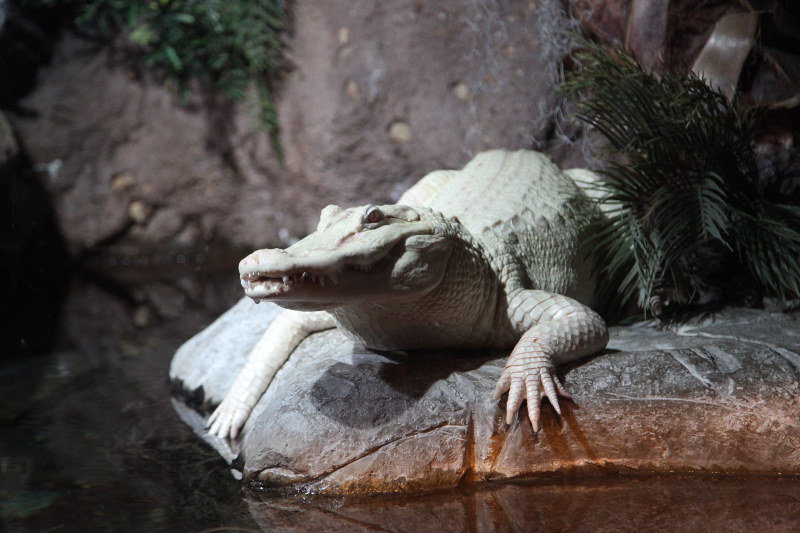We seem to be on a roll when it comes to aquariums: in the past we visited San Diego and Vancouver. This year alone we’ve been to Boston, San Francisco, and now we can add Atlanta to the repertoire.
Located in the tourist core of Atlanta and built on land donated by the Coca-Cola Company, the Georgia Aquarium arrived in the city almost a decade after the Olympics. The idea was conceived and funded by Atlanta resident (and co-founder of Home Depot) Bernard Marcus in an attempt to grow tourism and the economy of the city. Marcus donated 85% of the funds needed to build the facility ($250 million) while corporate and private donations contributed the rest. As such, the Aquarium opened completely debt free in 2005.
I was at the aquarium for a corporate event and I have to say, this has to be one of the best event locations I have ever had the pleasure of visiting. Not only were they able to cater completely gluten-free (and vegan), but the conference rooms are sandwiched between the whale shark tank and the beluga whale tanks, so as we were eating/meeting we watched the whales swim around.
The whales are not oblivious to what is happening around them either, we had a live band and as they played music, the belugas watched, danced and toyed with people watching then through the glass. Beethoven in particular really enjoyed the music and decided to continually hang out by the glass and people watch.
All this being said… there are some things about the experience that don’t sit well with me.
The belugas are 4 of 31 beluga whales that currently live in captivity (in the US). 3 of the 4 were born in captivity, including Beethoven who was born at SeaWorld San Antonio in 1992.
They seem highly intelligent. When I watched Beethoven and Maris, they reacted to facial expressions and gestures through the glass. When I talked to the staff they confirmed that all the belugas in the facility were intelligent and each had their own unique personality. This made me unwilling to support the aquarium’s push to improve the captive breeding population in the US. I don’t understand the purpose of doing this: the beluga is not an endangered species (they are classified as Near Threatened)… they are actively studied in the wild and to study them in captivity creates incorrect scientific data.
Why keep these beautiful creatures behind glass?
To capture them and encourage breeding in captivity seems to be for only one purpose: to make money (or perhaps to protect them from Sarah Palin). In this regard, I have to agree with Naomi Rose from the Animal Welfare Institute: beluga breeding in captivity also should end and the captivity of the whales, in general, should be phased out; the 31 animals currently on display around the country should not be replaced, either from breeding or imports, when they die…
This article is an eyeopening read about the breeding program and death of a newborn beluga. The aquarium also lost their bid to bring wild belugas to the United States.
